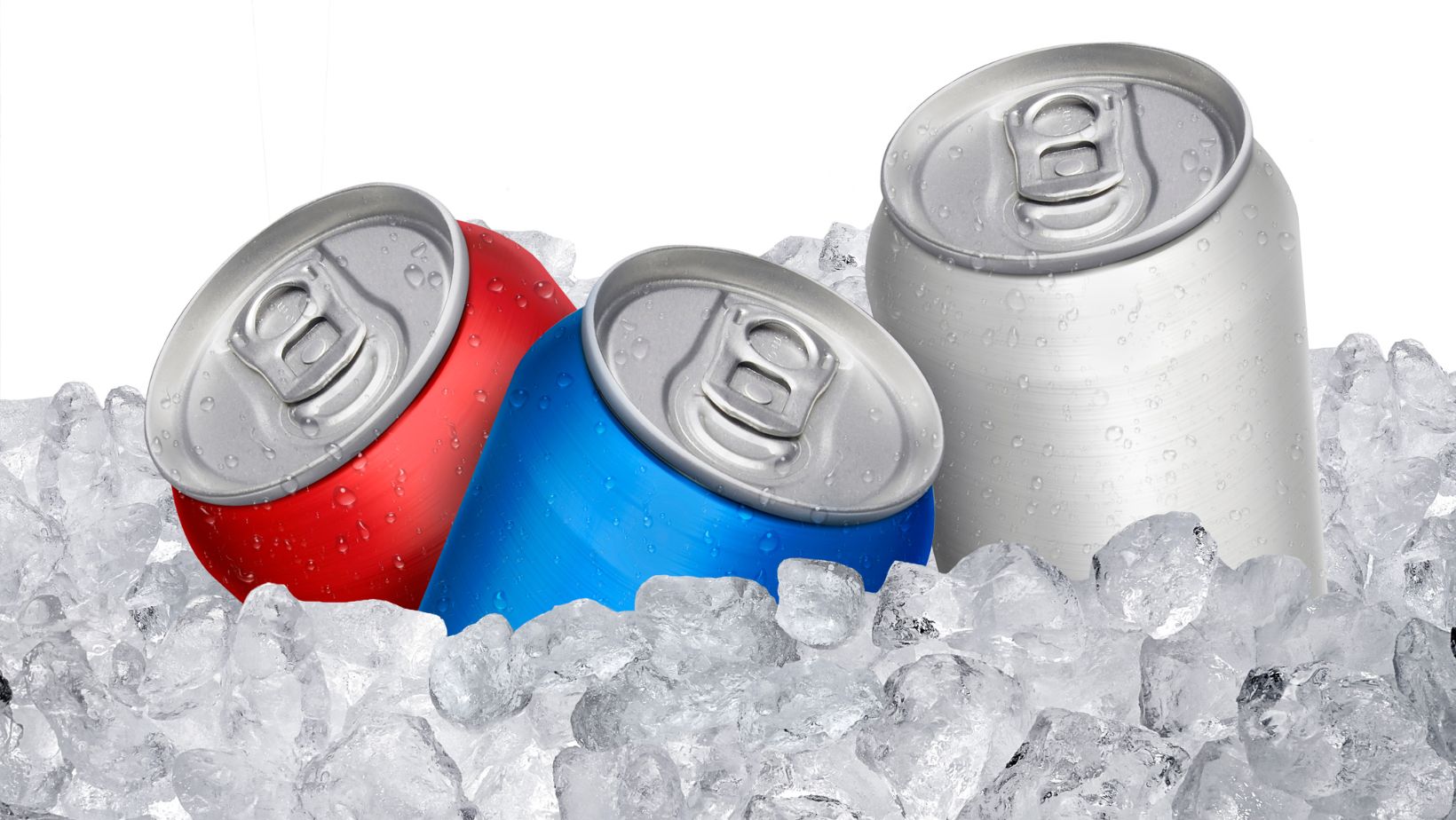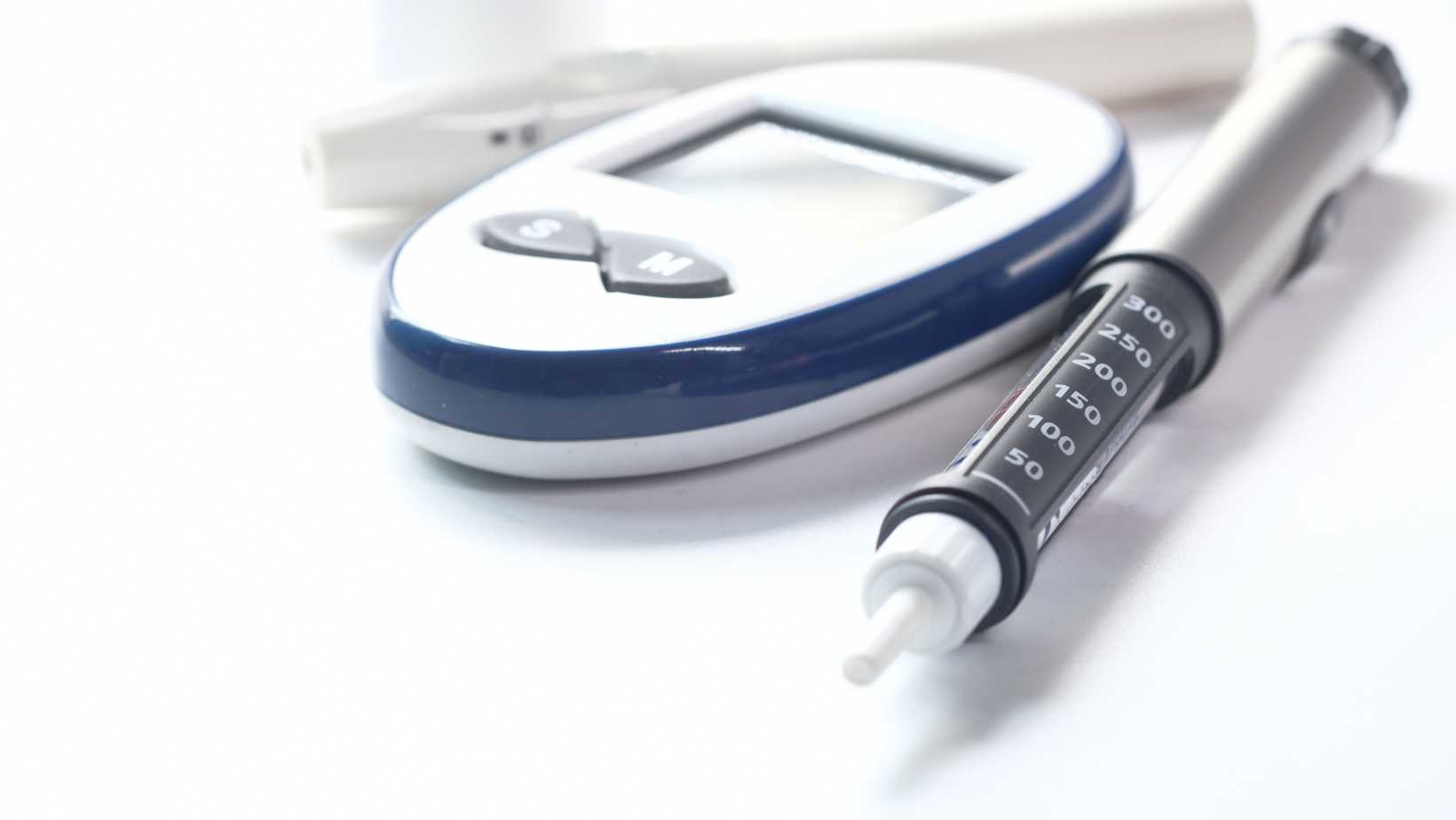How Many ml in a Gallon of Milk – The History of the Gallon

How Many ml in a Gallon of Milk
Have you ever wondered how many millilitres are in a gallon of milk? It’s a question that may seem simple, but it actually has an interesting history behind it. In this article, I’ll delve into the fascinating evolution of the gallon measurement and provide you with the answer to this intriguing query.
The gallon is a unit of measurement that has been used for centuries to quantify liquids. Its origin can be traced back to ancient times when various civilizations developed their own systems of measurement. Throughout history, different regions had their own versions of the gallon, leading to inconsistencies in its volume.
Fast forward to modern times, and we now have standardised measurements for gallons. In the United States, a gallon is defined as 128 fluid ounces or approximately 3.785 liters. However, when it comes to milk specifically, things can get a bit more complicated.
Due to variations in fat content and processing methods, the volume of milk in a gallon can differ slightly between countries or even between brands within the same country. On average, a gallon of milk contains around 3785 millilitres (ml). However, it’s important to check the label or refer to local standards for precise measurements.
So next time you find yourself pondering how many millilitres are in a gallon of milk, remember the rich history behind this unit of measurement and appreciate the subtle differences that may exist depending on where you are. Cheers to knowledge and enjoying your favourite dairy beverage!
The Origin of the Gallon
Ah, the gallon! Have you ever wondered where this unit of measurement came from? Well, let’s dive into the fascinating history of the gallon and uncover its origins.
- Ancient Beginnings: The gallon has ancient roots, dating back to mediaeval times in Great Britain. It was initially used as a standard measure for wine and ale. In fact, the word “gallon” is believed to have derived from the Old Northern French word “galun,” which means a pail or bucket.
- The Evolution: Over time, different regions had their own versions of the gallon, leading to variations in size and volume. In England, there were multiple gallons in use – the wine gallon and the ale gallon. The wine gallon was defined as eight pounds of wine, while the ale gallon equated to 8.5 pounds of ale.
- Standardisation Efforts: With trade and commerce expanding across borders, it became crucial to establish a standardised measurement system for consistency. Therefore, laws were passed to define various units of measurement including the gallon.
- The United States Adopting its Own Gallon: When America gained independence from Britain, it sought to develop its own system of measurements that aligned with its newfound autonomy. As a result, in 1824, Congress officially adopted what is now known as US customary units which included its own definition for a gallon – equaling 231 cubic inches or approximately 3.785 liters.
- The Metric Influence: While most countries around the world transitioned to metric measurements during the late 20th century, both the UK and US still continue using their respective gallons alongside metric measurements like liters.

Evolution of the Gallon Measurement
Let’s delve into the fascinating evolution of the gallon measurement. Throughout history, this unit of volume has undergone various changes and adaptations to meet the needs of different societies. From its humble beginnings to its modern-day usage, the gallon has a rich and intriguing history.
- Ancient Origins: The concept of measuring liquids can be traced back thousands of years, with ancient civilizations using various vessels to estimate quantities. However, it wasn’t until around 1200 AD that the gallon began to take shape as a standardised unit of measurement in England.
- The Wine Gallon: In mediaeval times, trade and commerce flourished, prompting the need for consistent measurements. The wine gallon emerged as a popular choice in England during the thirteenth century. This particular version was defined as eight pounds (approximately 3.63 kilograms) of wine at a specific temperature.
- The Ale Gallon: As time went on, another variation called the ale gallon gained prominence in Britain during the fourteenth century. The ale gallon was slightly smaller than its wine counterpart but remained an essential unit for trade purposes.
- Unification Efforts: Over time, inconsistencies arose due to regional variations in gallons across different parts of England and other countries adopting their own systems altogether. In response to these discrepancies, efforts were made to unify measurements within England under King Henry VII’s reign in 1496.
- Standardisation: In 1824, an Act of Parliament finally established a single imperial gallon measurement throughout Great Britain and its colonies, including America at that time.The imperial standard set one gallon as equaling ten pounds (approximately 4.54 kilograms) weight-wise or containing exactly 277.42 cubic inches (approximately 4.546 liters) volume-wise.




